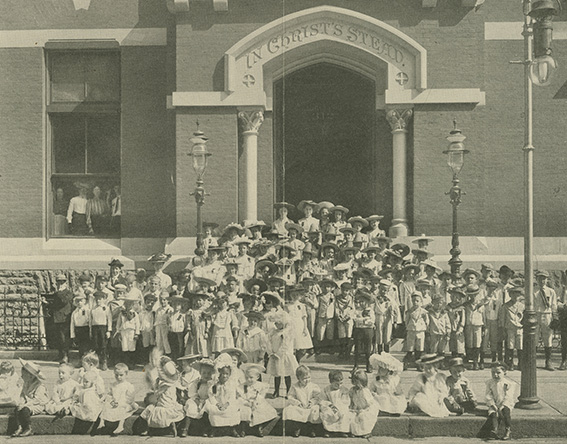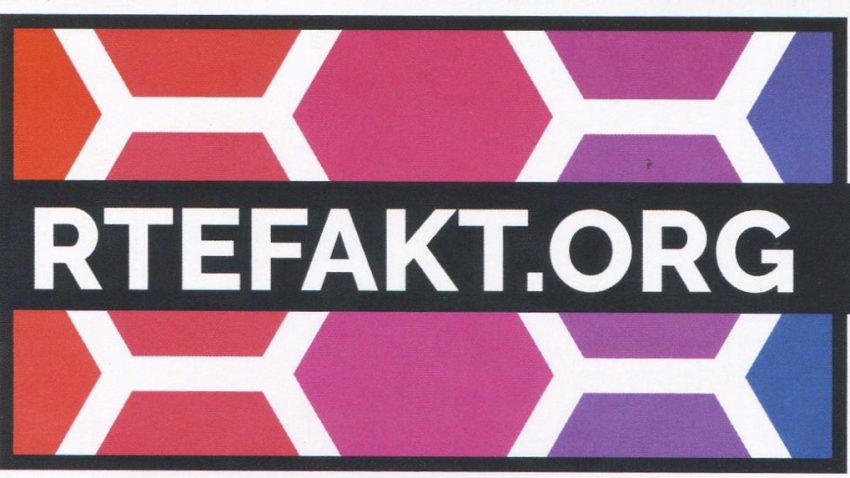 The Winkler Center would like to thank Nandita Baxi Sheth (DAAP) and the University of Cincinnati Scholars Program for seeking the Center’s participation in the Summer 2018 Scholars Program titled Artifact from the Future: A Trans Disciplinary Critical Inquiry Experience.
The Winkler Center would like to thank Nandita Baxi Sheth (DAAP) and the University of Cincinnati Scholars Program for seeking the Center’s participation in the Summer 2018 Scholars Program titled Artifact from the Future: A Trans Disciplinary Critical Inquiry Experience.
The UC Scholars Program brought Hughes STEM High School 10th and 11th grade students to the University of Cincinnati for a two-week residential, immersive summer critical thinking experience that:
- built skills through problem based and experiential learning activities
- provided exposure to multiple UC Colleges and Programs, degrees, and careers
- provided on campus residential living experience
- introduced community and industry partners
- developed mindfulness and self-care practices
- developed collaborative, leadership, and study skills
The program planned all these learning activities and experiences through a lens of thematic inquiry.
The theme of inquiry for the summer ‘18 Scholars was a deep consideration of the future. Using a wide-range of multimedia and disciplinary approaches including the anthropocene, speculative fiction, science fiction, afrofuturism, and technology, students delved into prospective world scenarios and dystopian futures, and were charged with developing artifacts from that future.
One stop for the scholars was the Henry R. Winkler Center for the History of the Health Professions. There, curator, Gino Pasi, gave a workshop for the students which included an introduction to archives, curatorship and public history, and a brief overview of what it is the Winkler Center actually does. Students then were introduced to health science-related artifacts from the past.
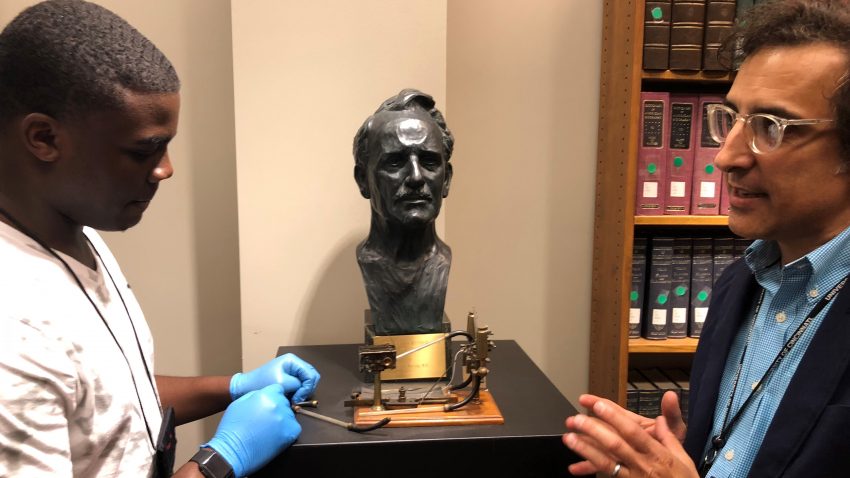
Student examines a kymograph (an early blood pressure montoring device) at the Winkler Center

Students are introduced to artifacts at the Winkler Center
After that, four teams of scholars were created and each team received an artifact to examine, describe, and then use in a story, play, poem, or some other written work to be presented at the end of the workshop. The Winkler Center objects given to the students included the “iron lung,” an electro-convulsive therapy unit, a baby incubator from the 1950s, and a “quackery” cure-all from the 1930s called the Electraply. Amazingly each team described and guessed the proper uses of each artifact without any hints or clues.

A team examines the Iron Lung.
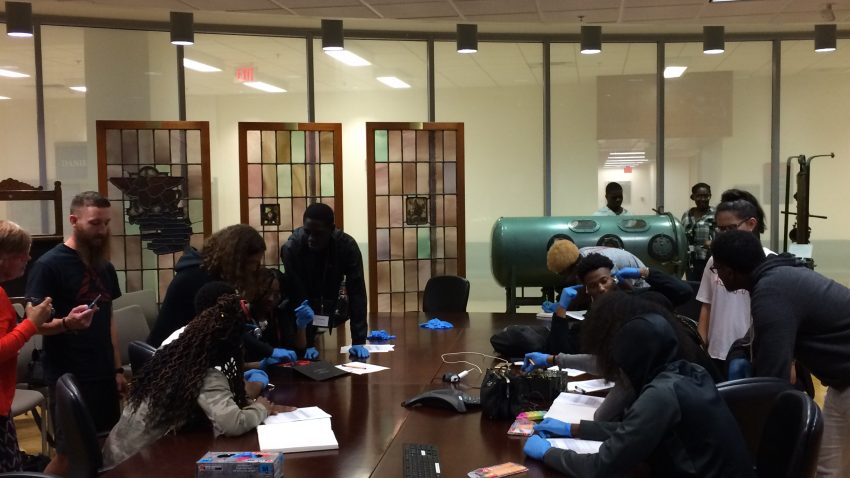
Students work to describe there artifacts.
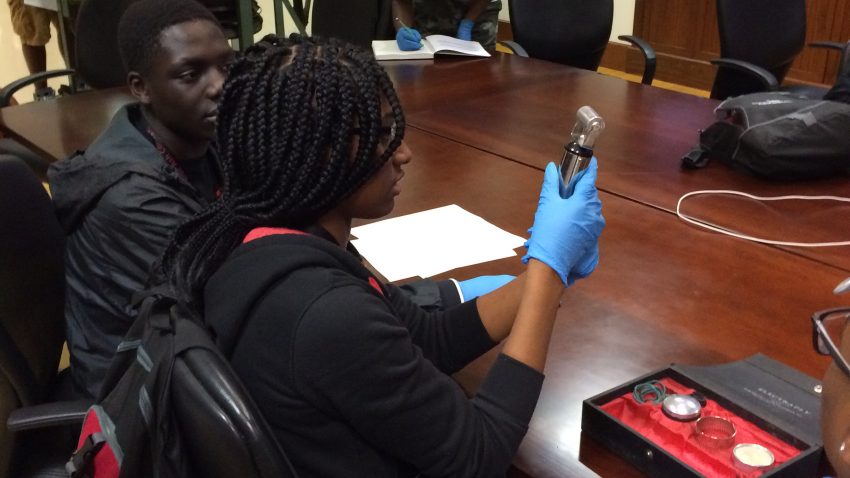
Another team examines the “Electraply” device
We hope the students enjoyed not only their Winkler Center experience, but also the rest of their time here at UC. We hope to see them here in the future. For more on this year’s scholars program see: https://www.rtefakt.org/

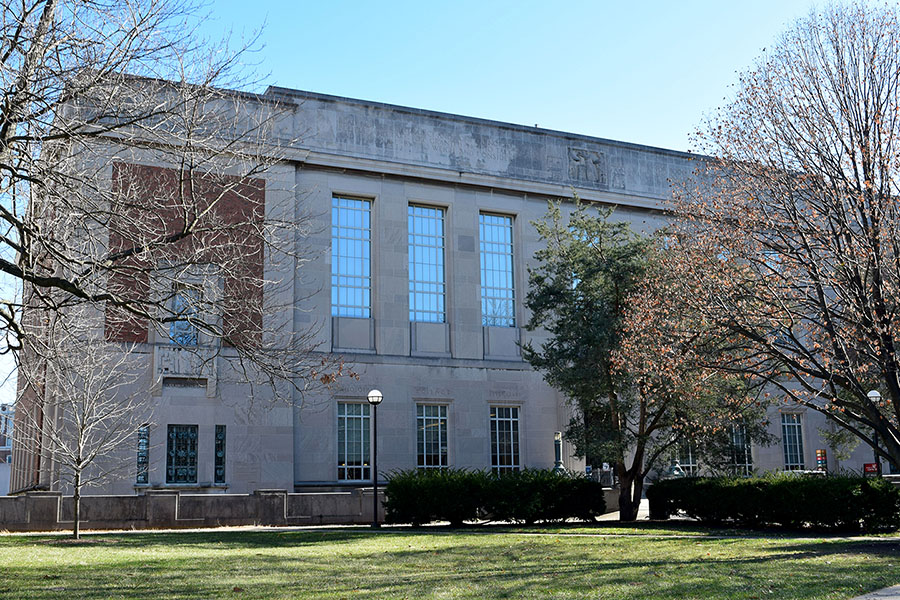
 The Winkler Center would like to thank Nandita Baxi Sheth (DAAP) and the University of Cincinnati Scholars Program for seeking the Center’s participation in the Summer 2018 Scholars Program titled Artifact from the Future: A Trans Disciplinary Critical Inquiry Experience.
The Winkler Center would like to thank Nandita Baxi Sheth (DAAP) and the University of Cincinnati Scholars Program for seeking the Center’s participation in the Summer 2018 Scholars Program titled Artifact from the Future: A Trans Disciplinary Critical Inquiry Experience.




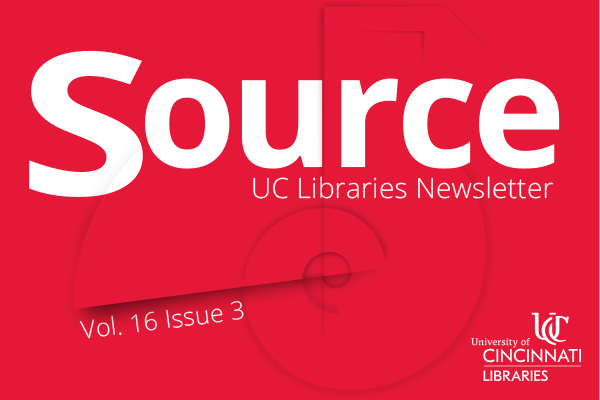 Read Source, the online newsletter, to learn more about the news, events, people and happenings in UC Libraries.
Read Source, the online newsletter, to learn more about the news, events, people and happenings in UC Libraries.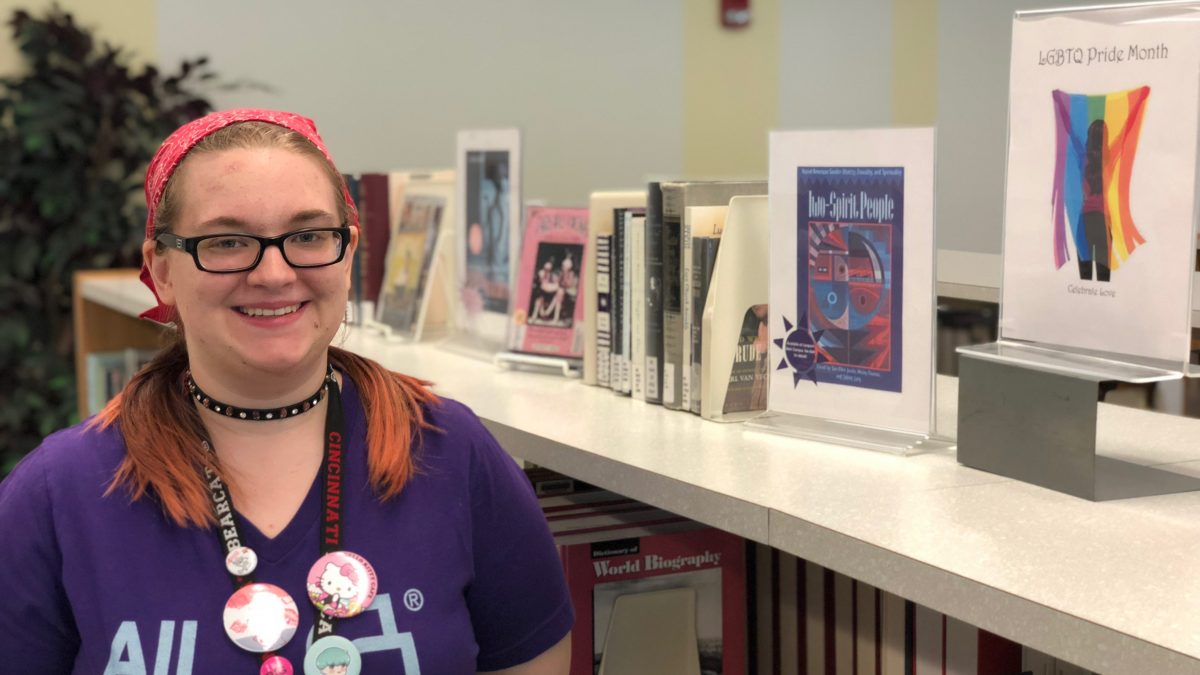
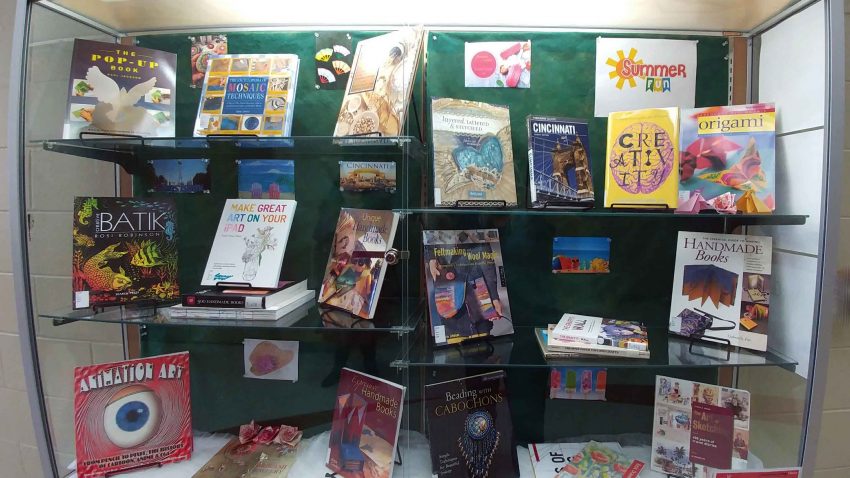 Are you looking for something fun to do this summer? Take a look at
Are you looking for something fun to do this summer? Take a look at 

